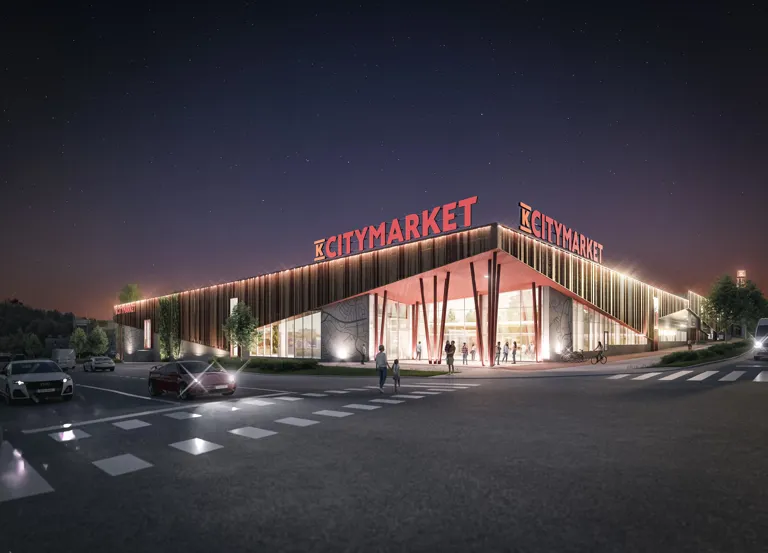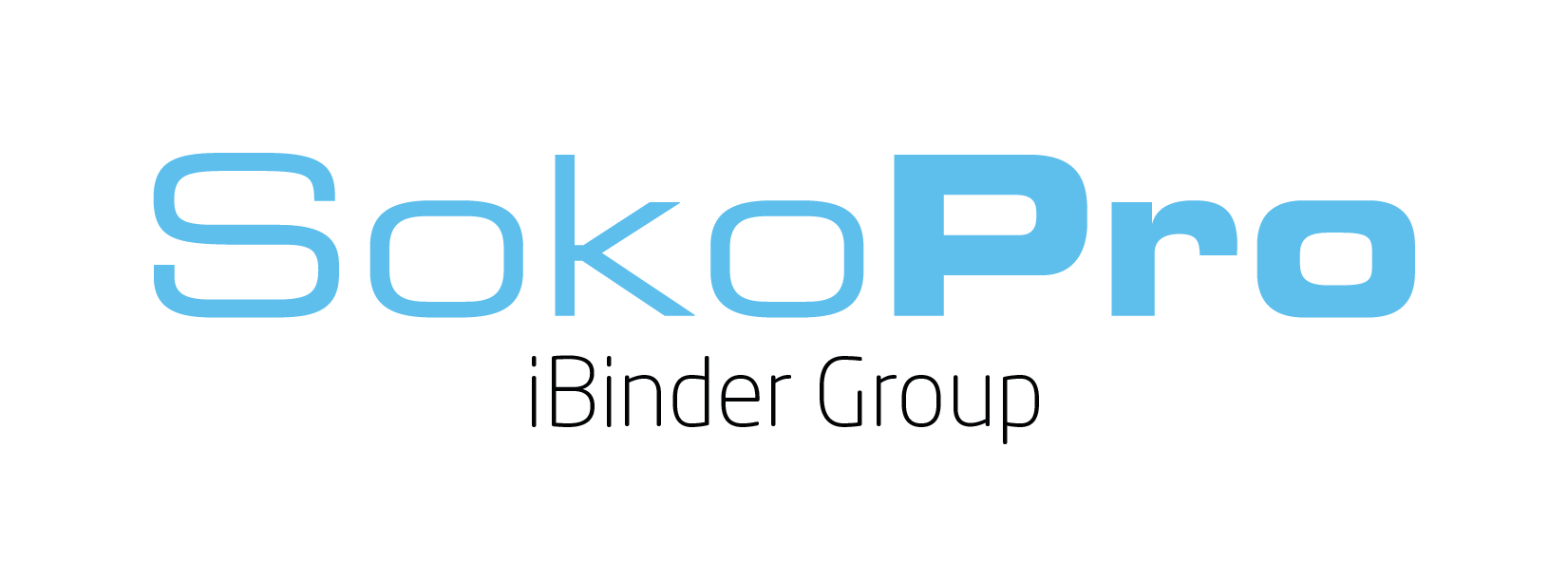Information about Kesko's 1,000 properties is managed at the Property Bank

Dozens of construction projects and hundreds of energy or maintenance repairs are carried out each year on the properties of the real estate stock of more than three million square metres managed by Kesko, and data management is critical in these projects. The Property Bank helps keep real estate information in order, ensuring that all project information is available for property maintenance and can be found even decades later.
The long collaboration between Kesko and SokoPro began in 2007, and the second generation SokoPro is already now in use. The start of this collaboration may sound anything but glamorous, as the first three years were spent scanning the paper drawing archives created throughout Kesko's operating history. However, this work laid the foundation for Kesko's digital project management and electronic archive as it is today.
In the basement of Kesko's former headquarters in Katajanokka, drawing archives had accumulated over 70 years. Paper archives did not provide up-to-date information for the needs of property maintenance and repairs, and the paper format did not support the CAD planning of construction projects or the rapid transfer of information to the parties that needed it in different parts of Finland. The digitisation of drawings and a project document management partner were therefore required. After comparisons, we decided on SokoNet, which is now known as SokoPro, says Kesko's Construction Director Seppo Kemppainen.
While the old paper archives were transferred to the new digital archive database, outdated and unnecessary information was also deleted. The project documents have since been managed in the project banks, and completed projects have been archived in the Property Bank.
Over 3 million square metres to manage
Seppo Kemppainen is responsible for Kesko's construction projects in Finland, and construction management engineer Anu Hannukkala is closely involved in matters such as SokoPro's tool development.
Kesko manages a retail space stock of more than three million square metres in Finland, along with offices, logistics centres and other storage facilities. Every year, we carry out 50–100 construction projects and hundreds of smaller, so-called maintenance repair projects, so property-specific project information management is critical for our operations. We must be able to manage this vast and constantly evolving entity, notes Kemppainen.
According to Kemppainen, standardising project information and centralising management in a single location and on one partner's service platform were a sensible solution, especially in terms of project employee training and access management. Kesko's real estate services unit employs more than 100 real estate professionals, for whom different access profiles have been created for project banks. In addition, suitable bank structures have been developed for different types of construction projects.
For Kesko, it is important that the management of real estate documents and documents of active construction projects can be carried out with the same program. For example, when a construction project for a new K-Citymarket is launched, developers can quickly open a new project bank for it in the Property Bank, manage it and allocate access rights as needed.
We have a standard retail facility process, which guides project implementation. Hundreds of project banks for various projects are active in the Property Bank at any given time. Standardisation of project banks and user profiles has saved a huge amount of time, as a new project bank can be created in minutes.
Historical data is required on an ongoing basis
Data management is important to Kesko, as the retail facility database is evolving all the time. Information is needed because the tenants of other spaces in the retail facilities (such as Alko, restaurants and pharmacies) come and go, and alterations are carried out regularly on the premises. Even new premises may be altered two to three years after their completion, and up-to-date information about building technology and structures is always required for such work.
For example, repair planning begins with the examination of the structures in the archived drawings. If there is any doubt about the carrying capacity or safety, it is necessary to act quickly. Historical data must be accessed on a daily basis.
Property data is also needed for many other reasons, and real estate transactions require advanced documentation, for example. For tax and insurance obligations and insured values, it is also important that the documents are stored.
Every single receipt and document, whatever the size, is scanned for the Property Bank. It’s amazing what things may be needed years from now, says Kemppainen.
Information about hundreds of repairs stored safely
Kesko is a user-owner whose nationwide partner network maintains its property portfolio. It is therefore important that the partners also have access to the Property Bank's data.
Hundreds of repairs are carried out every year. We had to figure out how to get all the data to the people in charge of operational maintenance. Now, the information is available in one place in the Property Bank. Our maintenance partners also have access to the projects as needed, Hannukkala says.
Transfer project covering more than 1,000 properties completed
In 2022, another large-scale transfer project was carried out, when Kesko's property archive and more than 1,000 properties, plus their numerous related projects, were transferred to SokoPro's new environment. This huge endeavour required careful planning, and the details of the implementation were considered with the users.
Archived and inactive projects were successfully transferred over six months, and the last active projects were transferred to the new system in the autumn of 2024. Overall, the large-scale project was a great success.
Kesko and SokoPro's exceptionally long collaboration with its various phases has lasted almost 20 years.
This is partnership at its best. Collaboration has brought benefits to both: we’ve improved manageability and productivity, while SokoPro has profited from increased volumes. This is a collaboration in which software and operational processes are continuously being developed through steering groups, for example, Kemppainen concludes.
Why choose the Property Bank?
-
All data in one place – covers the entire property lifecycle
-
Unlimited storage and users – no hidden costs
-
Secure access management – data accessible only by authorized persons
-
Efficient integrations – e.g., SignSpace electronic signature
-
Additional features – such as request for proposals
-
Works on mobile – easy to use anywhere
This is partnership at its best. Collaboration has brought benefits to both: we’ve improved manageability and productivity, while SokoPro has profited from increased volumes. This is a collaboration in which software and operational processes are continuously being developed through for example steering groups.

SokoPro’s Property Bank revolutionizes the management of documents and projects for properties and housing companies throughout their entire lifecycle – all in one place.

Book a free demo and see how the Property Bank simplifies your daily work. The demo gives you a quick overview of how all documents and projects stay organized – all in one place.
